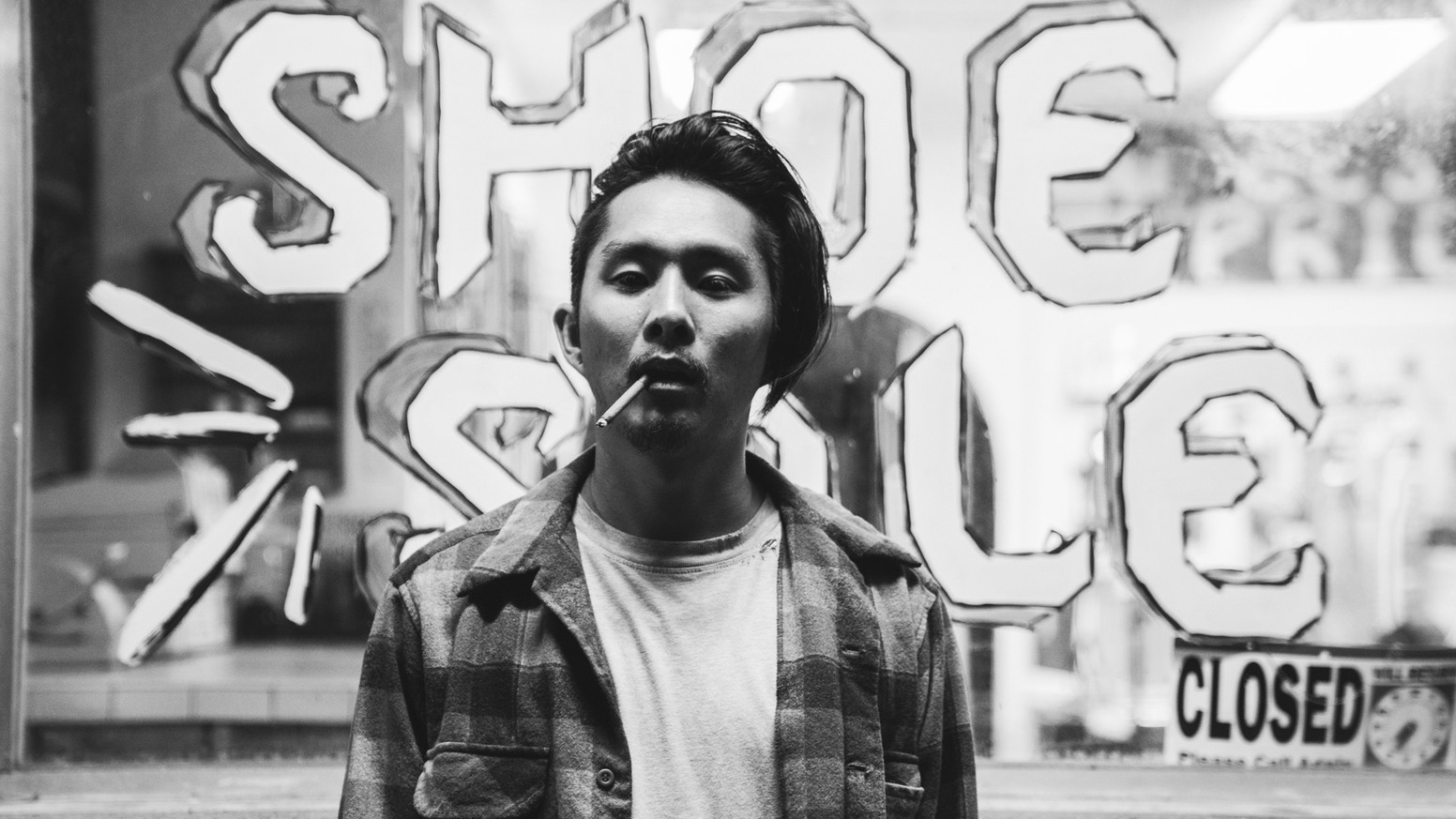Gook is a remarkable film, one that manages to balance both art and emotion. From the eerie beginning of Kamilla, the young black girl, dancing jerkily and strangely in front of what appears to be the burning shoe store, to the end of the movie, Gook is beautiful and poignant. It shifts tones deftly, and will go from making you laugh to inducing rage within seconds without any of that awkwardness one is used to feeling. Furthermore, the film explores the lives of poor Korean-Americans and the strife between their community and the black community whom they share the streets of LA with–in this way, the film already stands out from other films that focus on the lives of those in the ghetto and seeks to tell a story that hasn’t been told before.
Perhaps the film’s greatest strength is its characters. Each character has his or her own set of motives and desires that feel fully fleshed out despite having little if anything to do with the plot (such as one of the brother’s desire to become an R&B singer). None of them are stereotypes, and though viewers are going to be most sympathetic towards the brothers and Kamilla, the “villains” of the movie remain sympathetic, for the film shows how their anger comes from a place of hurt, how no one in this movie has been or will be capable of moving on from an unshown tragedy that happened years before this day, how grief and violence go hand in hand.

Though the movie describes itself as following this set of characters on the day of the Rodney King riots, the riots intersect with the characters only rarely. The drama of the movie is more personal than that. While the riots drone in the background, the characters rush towards their own startling and tragic confrontation, this sort of mirrored image of the riots. To use history in this way is a bold decision–it is easy to make films where the drama lies in a big event that everyone already knows the conclusion of–here, the historical elements are another layer to an already well-made film and not the substance of the story. Still, though the scenes we encounter that have to do with the riots are limited, they are impactful enough that no one would accuse this film as adding them in to give the movie more substance.
It is impossible to talk about Gook without comparing it to last year’s Moonlight. Both are films focusing on race and class matters, adolescence in the ghetto, and both have similar styles in scenes, preferring to hit viewers with dramatic images accompanied by violins, and each work well with their palette of choice. Gook, despite its black and white aesthetic, is probably more approachable for most people–unlike Moonlight, it has a cohesive and limited (the events of the movie occur in one day, instead of over a lifetime) plot and the artistic elements don’t detract from the emotional scenes. Unfortunately, Gook had a limited release and shows no signs of taking off like Moonlight did.



